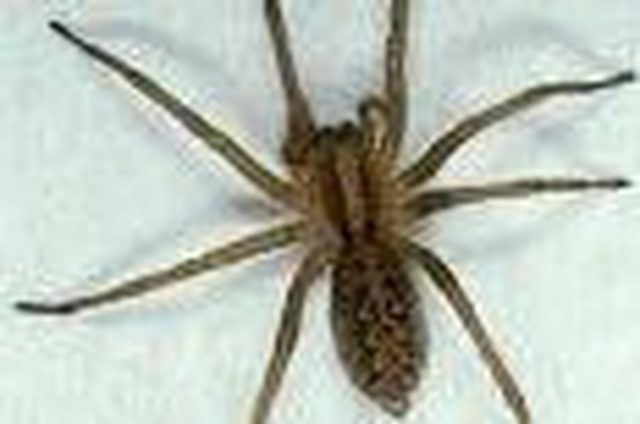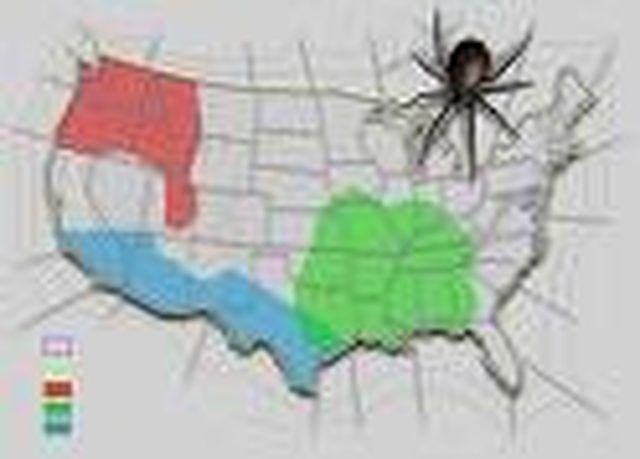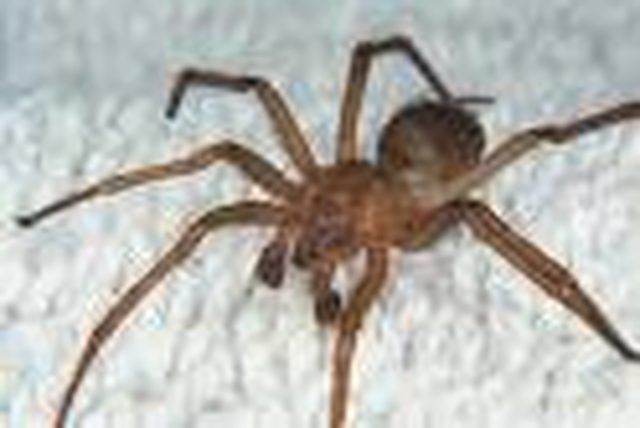Bulbs
Flower Basics
Flower Beds & Specialty Gardens
Flower Garden
Garden Furniture
Garden Gnomes
Garden Seeds
Garden Sheds
Garden Statues
Garden Tools & Supplies
Gardening Basics
Green & Organic
Groundcovers & Vines
Growing Annuals
Growing Basil
Growing Beans
Growing Berries
Growing Blueberries
Growing Cactus
Growing Corn
Growing Cotton
Growing Edibles
Growing Flowers
Growing Garlic
Growing Grapes
Growing Grass
Growing Herbs
Growing Jasmine
Growing Mint
Growing Mushrooms
Orchids
Growing Peanuts
Growing Perennials
Growing Plants
Growing Rosemary
Growing Roses
Growing Strawberries
Growing Sunflowers
Growing Thyme
Growing Tomatoes
Growing Tulips
Growing Vegetables
Herb Basics
Herb Garden
Indoor Growing
Landscaping Basics
Landscaping Patios
Landscaping Plants
Landscaping Shrubs
Landscaping Trees
Landscaping Walks & Pathways
Lawn Basics
Lawn Maintenance
Lawn Mowers
Lawn Ornaments
Lawn Planting
Lawn Tools
Outdoor Growing
Overall Landscape Planning
Pests, Weeds & Problems
Plant Basics
Rock Garden
Rose Garden
Shrubs
Soil
Specialty Gardens
Trees
Vegetable Garden
Yard Maintenance
How to Identify Hobo Spiders Properly
How to Identify Hobo Spiders Properly. Hobo spiders can be dangerous if you are bitten--so it's important to be able to identify hobo spiders properly, especially if they like to live near your home!

Hobo spiders can be dangerous if you are bitten--so it's important to be able to identify hobo spiders properly, especially if they like to live near your home!
To identify a hobo spider properly, consider your location. Hobo spiders generally live in the western United States, and are not often found on the east coast. In this map, that's the red section.

Another great way to identify the hobo spider is by where you find it. The hobo spider very rarely climbs a vertical surface, they are usually found running around in the basement or a similar environment, so you're unlikely to see one up high. They spin very messy webs.
If you have one handy, take a picture of that hobo spider with your camera phone. This will help you identify it as a hobo spider, or just some harmless variety.
Once you've got a picture of the hobo spider, you can begin to identify. The spider is brown, and a larger spider (usually 1-2 inches) in leg span. The hobo spider can be identified by it's "V" like markings on its back. Male hobo spiders also have a large mouth piece that can look like two extra small legs.

Another helpful way to identify hobo spiders is by what you observe them doing. Hobo spiders spin messy webs, and crawl around at night. Often times they come inside your house to find a warm place to stay for the winter.
Hobo spiders are generally not aggressive, but also have very bad eye sight. It's best not to take your chances.